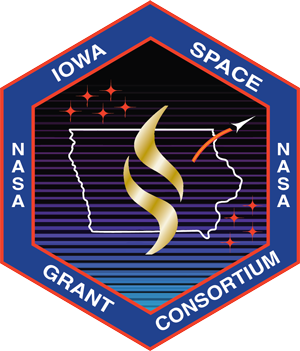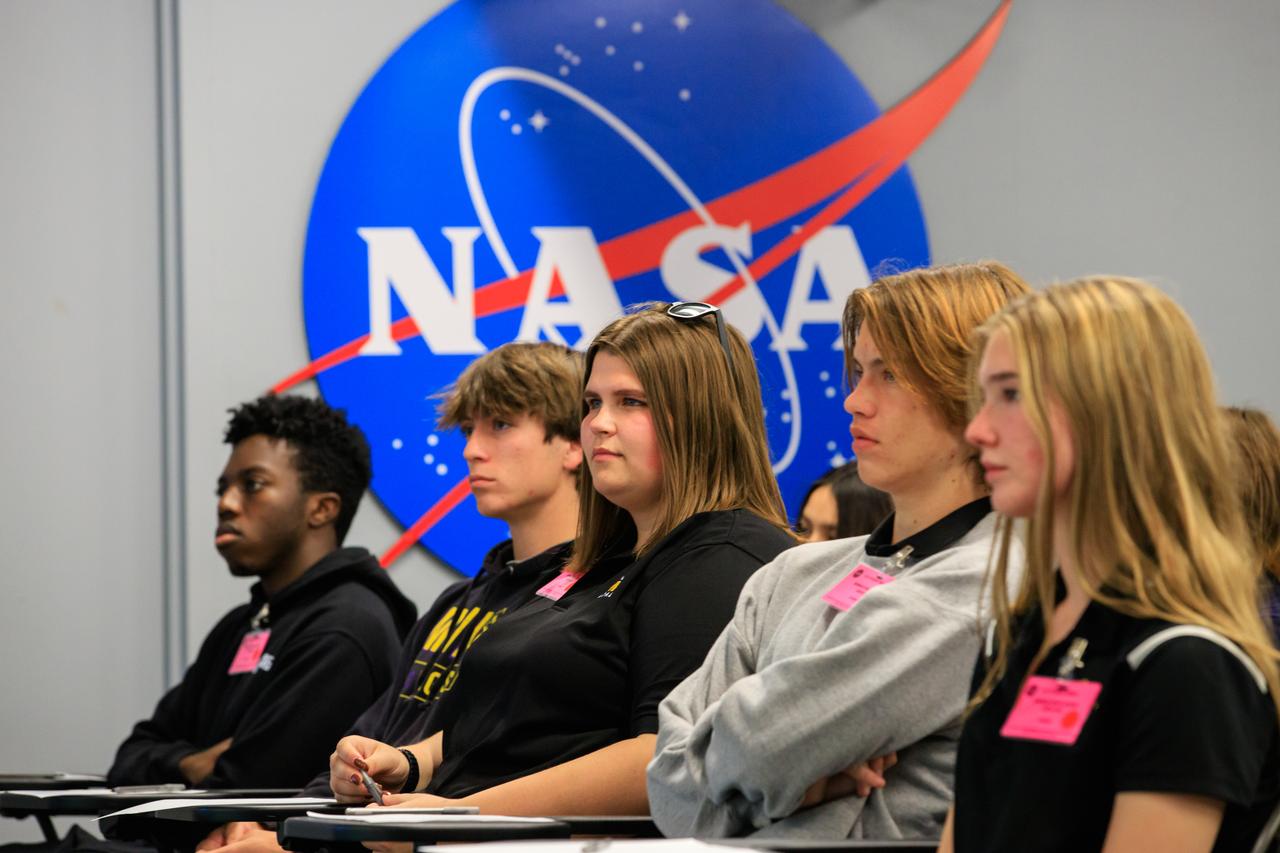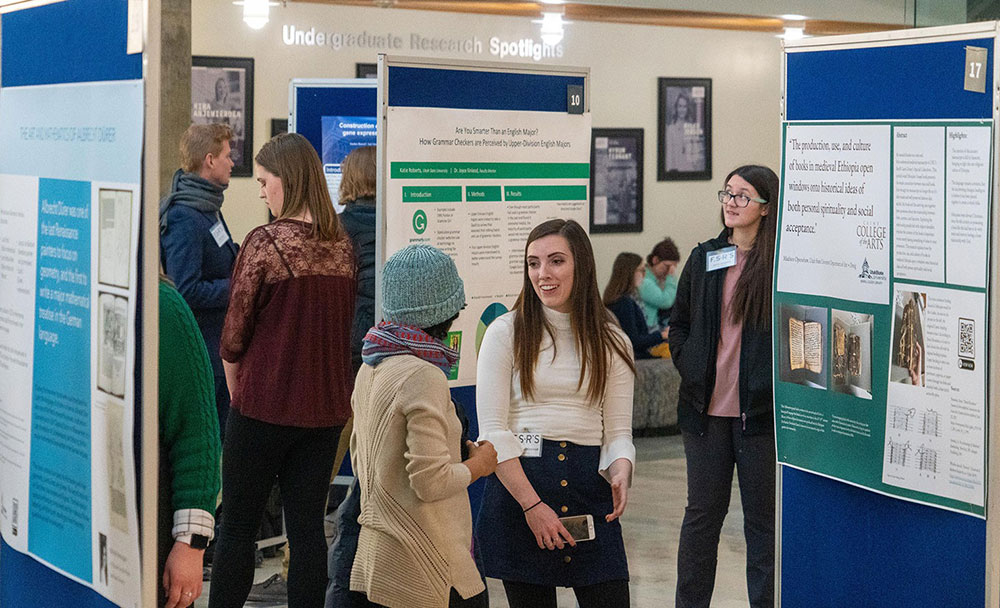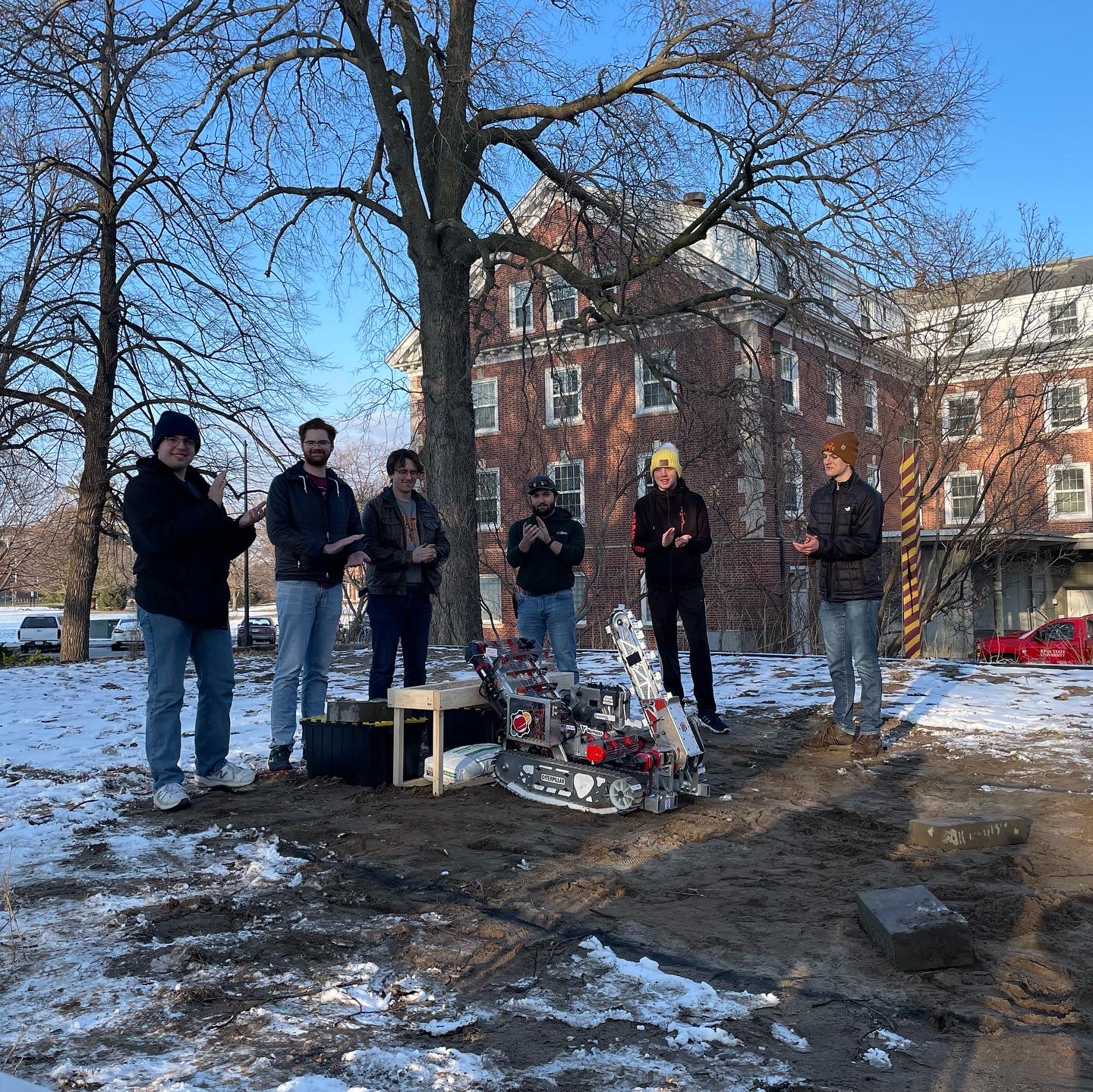U.S. and Canadian National Model STEM Education Program Opportunity
Announcing the Student Spaceflight Experiments Program (SSEP) 20th Flight Opportunity – SSEP Mission 18 to the International Space Station, Starting September 2023
2023-24 Academic Year Opportunity for 2- and 4-year Colleges and Universities to Engage 30+ Students (Reflecting at Least 10 Teams) in Real Microgravity Experiment Design and Proposal Writing, with One Experiment at Your Institution Selected for Operation By Astronauts on the International Space Station
STEM Project-Based Learning Through Immersion in an Authentic Research Experience on the High Frontier
TIME CRITICAL:
Interested undergraduate institutions are directed to inquire about the program as soon as possible, and no later than (extended to) May 15, 2023
MILESTONE DATES:
- Experiment Design and Proposal Writing Phase: September 1 – November 3, 2023 (9 weeks)
- Selection of Your Community’s Flight Experiment: December 15, 2023
- SpaceX Launch of Your Experiment to the International Space Station: Late Spring 2024
- Ferry Flight Return to Earth: Launch + 4 to 6 weeks
- SSEP National Conference, likely at Smithsonian National Air and Space Museum, Washington, DC: early July 2024
PROGRAM OVERVIEW:
The National Center for Earth and Space Science Education announces Student Spaceflight Experiments Program (SSEP) Mission 18 to the International Space Station. This opportunity gives students across your institution the ability to design and propose microgravity experiments to fly in low-Earth orbit on the International Space Station (ISS). Experiments are designed to real world engineering and technology constraints imposed by the flight certified mini-lab that must be used, and the nature of flight operations to and from Low Earth Orbit. One experiment at each institution will be selected to fly to ISS on a SpaceX Falcon 9 rocket launching from NASA’s Kennedy Space Center in FL. Your experiment will launch from historic pad 39A, the same pad from which all Apollo missions to the Moon launched, and 82 Space Shuttle missions. Astronauts aboard ISS will operate the experiment 4-6 weeks before it is returned to Earth and to your student flight team for analysis. SSEP is not a simulation. We are truly inviting your institution and students to be part of America’s Space Program.
A college or university can also engage hundreds of students in mission patch art and design competitions – as possibly outreach to local school districts, with two patches selected to fly with the flight experiment. SSEP is therefore an authentic STEAM initiative. We invite institutions to use their mission patch competitions to also celebrate the 50th anniversary of the Apollo Moon missions, and humans returning to the Moon in likely 2024 with Artemis.
An important consideration – the expectation is that faculty mentors in a participating 2- or 4-year college or university will engage at least 30 undergraduate students over 9 weeks of experiment design and proposal writing spanning September 1 through November 3, 2023. Students will form into at least 10 teams, each team designing a microgravity experiment in a science discipline of their choice. Each team writes a formal proposal to make the case for why their experiment should be selected for flight to ISS. Your students will be engaged in a very real research proposal competition, focusing on technical writing, mirroring the experiences of professional scientists and engineers. A national review board meeting in Washington, DC, will select the flight experiment for your institution, and do the same for each of the other Mission 18 participating communities.
The Student Spaceflight Experiments Program (SSEP) provides a fully authentic research competition as a STEM Project Based Learning experience. Launch of the Mission 18 flight experiments is currently projected for Spring 2023. Mission 18 occurs across the 2023-24 academic year.
For program details, and how to explore this opportunity for your community, carefully read the SSEP Home Page, which provides a comprehensive summary of the program: HERE
To explore undergraduate participation in SSEP Missions to date, visit HERE



